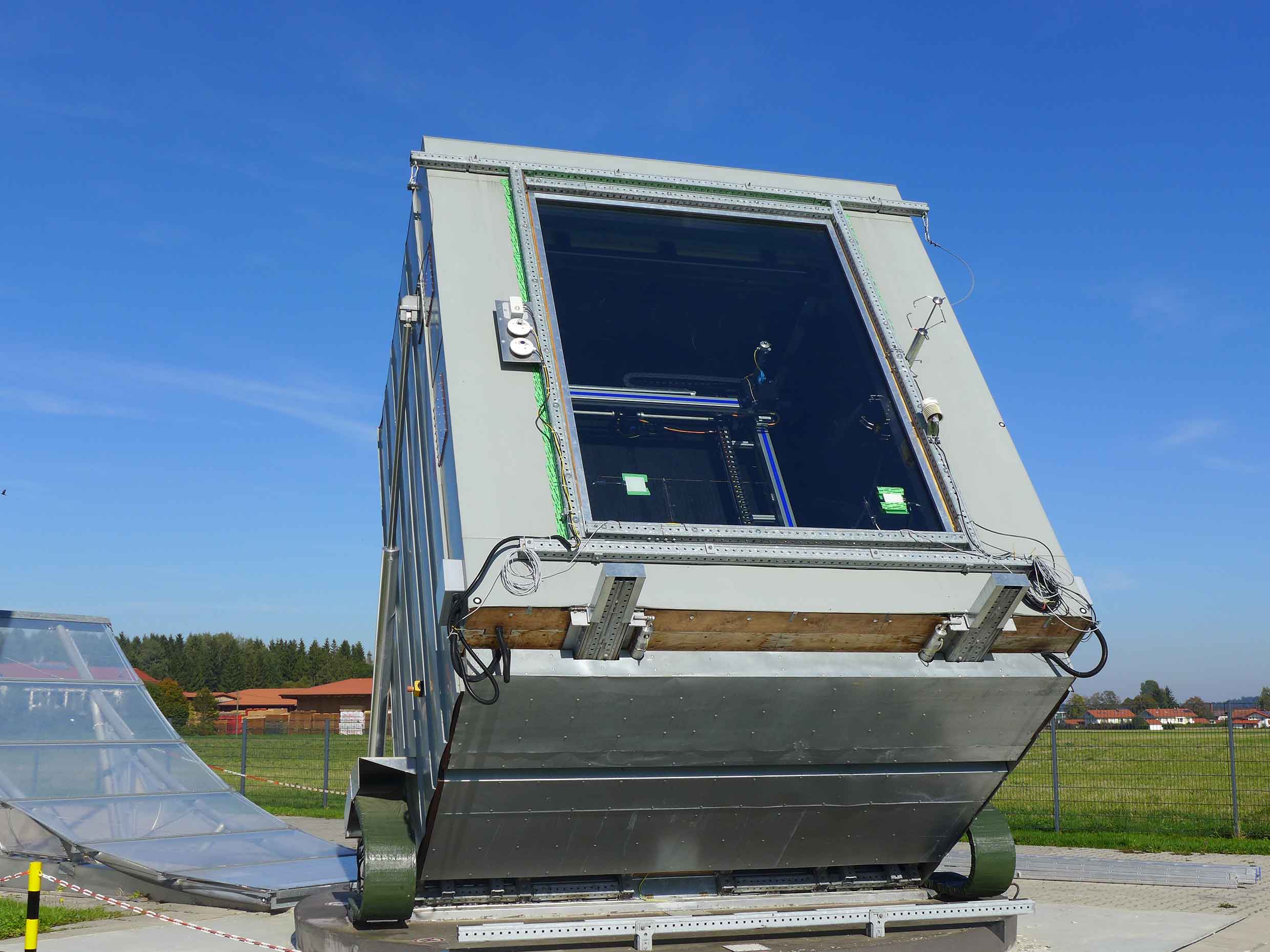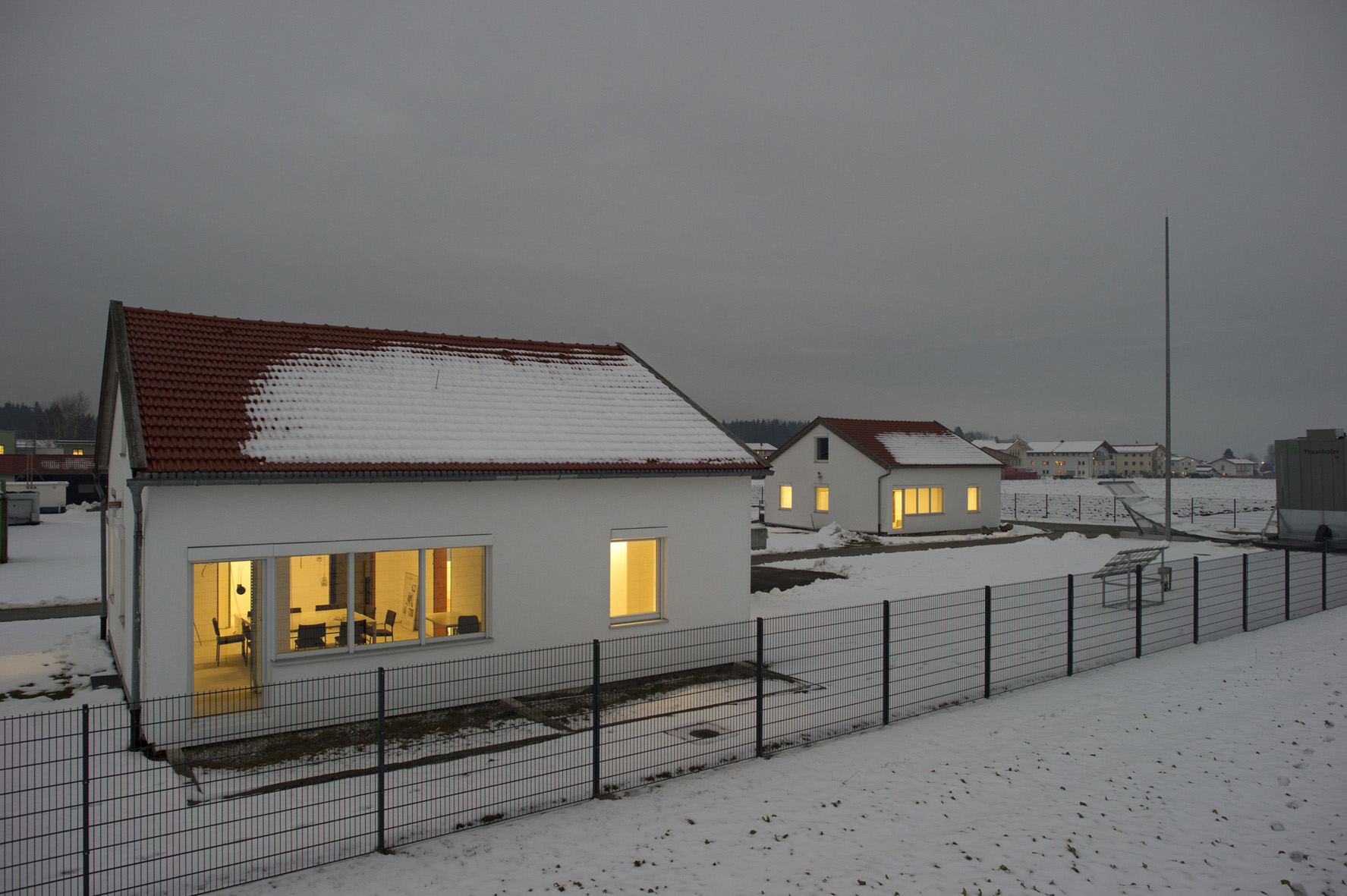
IEA EBC Annex 58

Defining test methods for standardizing the energy performance assessment of large-scale transparent construction systems under in-situ boundary conditions
The research project received funding from the International Energy Agency (IEA) in the scope of EBC Annex 58. The project aims at advancing existing procedures for in-situ measurements (mainly for transparent building components). Another goal is the definition of appropriate methods for data analysis and error estimation.
Aims of the project
The joint research project was funded in the scope of EBC Annex 58 by the International Energy Agency (IEA). The project aims at advancing existing procedures for in-situ measurements (mainly for transparent building components). Another goal is the definition of appropriate methods for data analysis and error estimation.
The international part of this Annex project focused on investigating several analytical methods in the scope of so-called "Common Exercises". A validation scenario for building simulation programs was created in cooperation with the University of Strathclyde.
In the national part of the project, measurement procedures and analytical methods for the in-situ energy performance assessment of transparent test specimens (façades, membrane cushions, etc.) were elaborated.
State of the project
Annex 58 has produced a series of English language reports along with several German language partial reports (as an outcome of the nationally funded project), which support researchers in designing, performing and analyzing in-situ tests. Mainly the following issues are addressed in this context:
Compilation of internationally available measurement facilities for performing in-situ tests, decision support for applying measurement procedures and analytical methods, guidelines for performing the in-situ measurements and conducting the data analysis (including documented application examples), along with a guideline for performing in-situ measurements of the g-value.
On the basis of the Monte Carlo method, an easy-to-use Excel tool for assessing or estimating measurement errors was developed and published.
In addition, a validation scenario for building simulation software was developed and published, which supports the validation work of developers but can also be used for teaching purposes.
Project partners
- EnOcean GmbH
- Rosenheim University of Applied Sciences
- The Passive House Institute (PHI)

